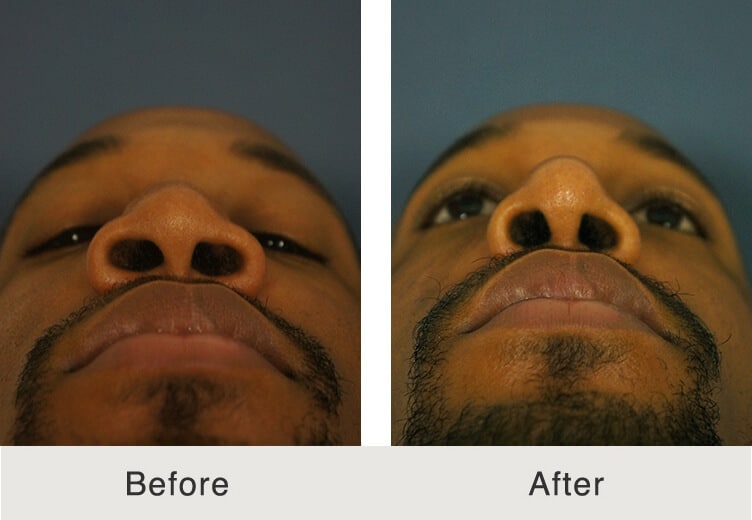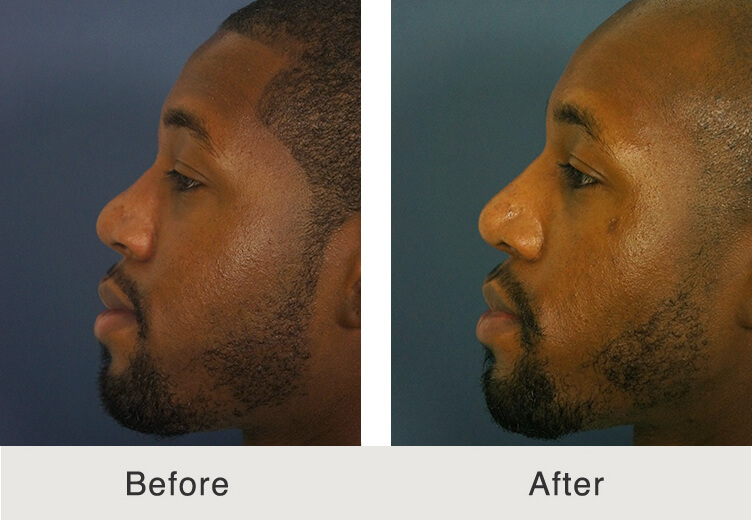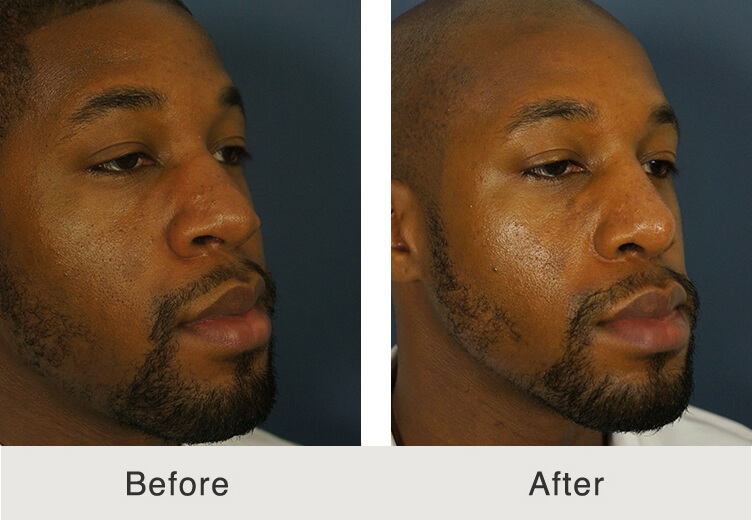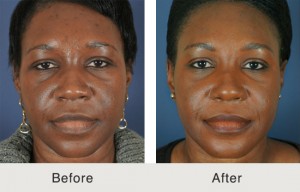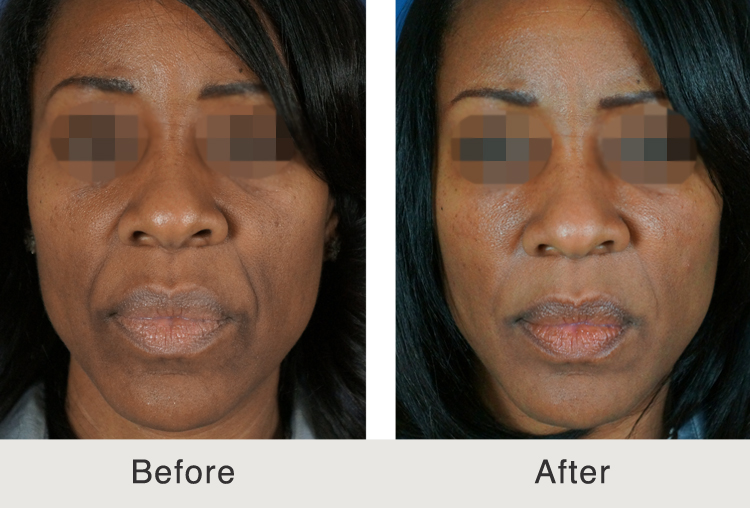- 2,000+ facial plastic surgery procedures performed
- Double board-certified in facial plastic surgery, focusing exclusively on facial aesthetics
- Authored a chapter in a prominent rhinoplasty medical journal, Rhinoplasty Archive, detailing the steps in an African American nose job.
- 5+ years recognized as a Castle Connolly Top Doctor and voted Best Facial Plastic Surgeon by Charlotte Magazine’s BOB Awards 5 years in a row
- Top Doctor in Plastic Surgery by Charlotte Magazine 2 years in a row
- Specialized training under renowned rhinoplasty surgeon Dr. Paul Nassif, who stars on E!’s “Botched”
- Rigorous fellowship training in Beverly Hills, focusing on ethnic rhinoplasty procedures like African American rhinoplasty
- Committed to the highest standards of care and safety as a member of the American Association for Accreditation of Ambulatory Surgery Facilities (AAAASF)
African American Rhinoplasty in Charlotte, NC
- Craft a nose that reflects your cultural beauty at Carolina Facial Plastics. Enjoy expert care from a double board-certified surgeon with over 15 years of experience and 2,000+ surgeries, ensuring results that are both beautiful and true to your heritage.
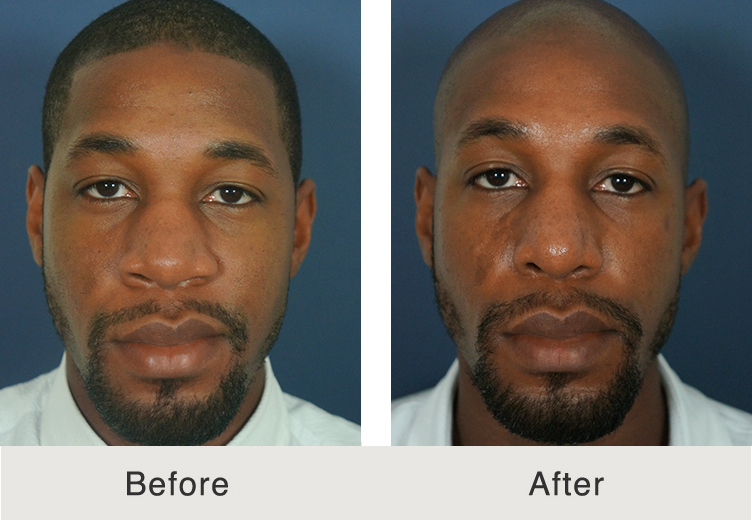
Remarkable Care, Exceptional Results
“Researching a plastic surgeon to perform rhinoplasty on an African American person is very complicated. I wanted a plastic surgeon who could change my wide, bulbous nose into something more suitable for my face without changing my cultural identity. Dr. Kulbersh did that for me. He addressed all of my questions and concerns. This was an incredible experience from start to finish; I would like to thank the staff for being so helpful and kind. I am so very happy with my new nose. Dr. Kulbersh is truly gifted. Many thanks!”
Why Choose Dr. Kulbersh for Your African American Rhinoplasty
See why Dr. Kulbersh is the right choice:
Your African American Rhinoplasty Experience
Ethnic Rhinoplasty FAQ
How much does African American rhinoplasty cost in Charlotte, NC?
Most ethnic rhinoplasties, including an African American nose job, cost between $11,000 and $20,000. However, certain aspects of your surgery can influence the cost, including adding a nasal implant, addressing functional concerns, and the overall expectations of the surgery.
What are the possible complications of African American rhinoplasty?
Due to the unique characteristics of African American nasal structures, such as thicker skin, more fibrous soft tissue, and variations in cartilage and bone structure, specific considerations need to be made. Possible complications include swelling, bruising, bleeding, and scarring. Dr. Kulbersh’s experience helps to minimize these risks, ensuring a smoother recovery and beautiful results.
Does insurance ever cover African American rhinoplasty in Charlotte?
Insurance doesn’t usually cover African American rhinoplasties, as they are cosmetic procedures.
Will my nose look Caucasian after surgery?
No, Dr. Kulbersh knows the importance of preserving your ethnic identity and reshaping your nose to complement your face perfectly. He has a thorough understanding of the African American facial structure, nose types, and aesthetics, and can provide you with natural-looking results.
How can I prepare for an African American nose job?
Dr. Kulbersh advises against the use of specific medications and procedures (such as anticoagulants, non-steroidal anti-inflammatory drugs, dental procedures, etc.), emphasizes the importance of staying healthy, and suggests organizing care and transportation after the surgery in advance.
What happens if I have problems after my African American rhinoplasty if I live in another state?
If you live out of state, schedule a virtual appointment with Dr. Kulbersh. He may recommend seeking immediate treatment in your area or returning to Carolina Facial Plastics for a full assessment.
